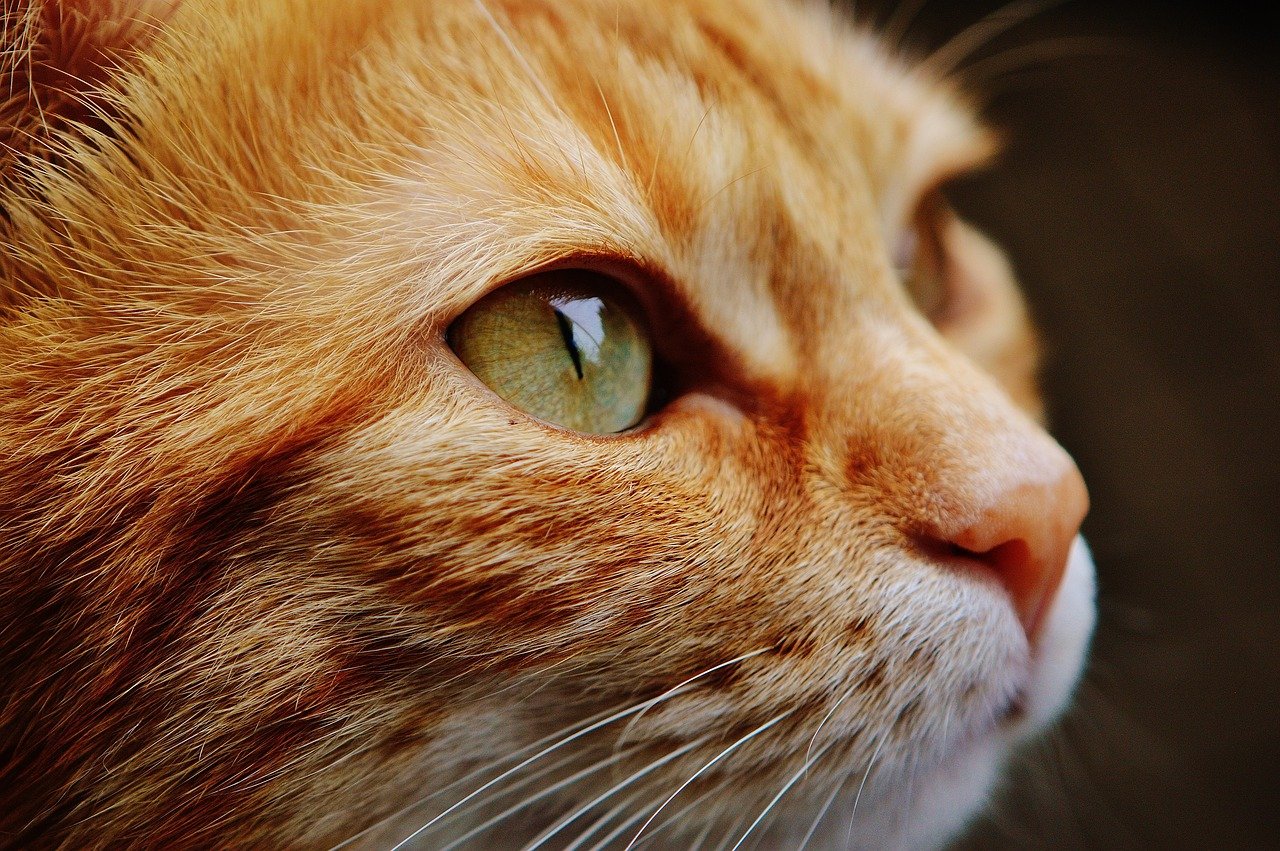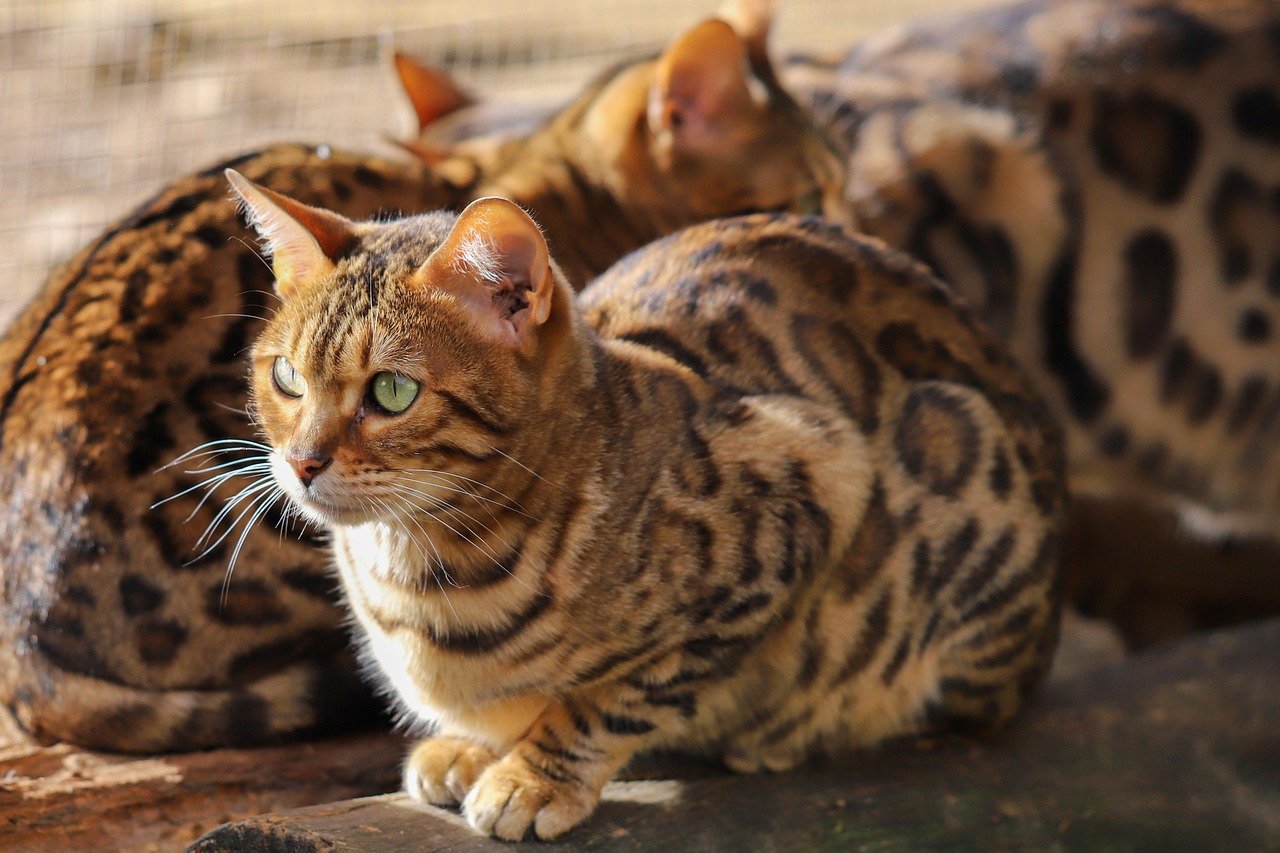Cats, the enigmatic and graceful creatures that captivate our hearts, often form profound relationships with their feline companions. These relationships are not just casual friendships; they can be deeply bonded connections akin to human partnerships. But what happens when two bonded cats are separated? This is a question that tugs at the heartstrings of many cat lovers. Understanding the emotional and behavioral impact on these furry friends when they are separated can be both enlightening and heart-wrenching.
The Nature of Bonded Cats

Bonded cats share an extraordinary connection that goes beyond simple companionship. They often groom each other, sleep together, and play in a synchronized manner. These cats are like two peas in a pod, sharing their lives in an intertwined dance of affection. It’s not unlike watching two best friends who know each other’s thoughts and feelings without speaking. This bond may develop between siblings, or it can form between unrelated cats who have spent significant time together. Their connection creates a sense of security and happiness, making their lives more fulfilling and content.
Emotional Impact of Separation
When two bonded cats are separated, it can be a profoundly emotional experience for them. Much like losing a close friend, the absence of their companion can lead to feelings of loneliness and confusion. Cats, though often perceived as solitary beings, do experience emotions deeply. The sudden absence of their bonded partner can lead to a sense of loss, manifesting in behaviors that reflect their emotional turmoil. These feelings of sadness and longing can be quite visible, as they might search for their missing friend or meow plaintively.
Behavioral Changes to Expect

The separation of bonded cats can lead to noticeable behavioral changes. Some cats may become withdrawn, losing interest in their usual activities. Others might exhibit signs of anxiety, such as excessive grooming or vocalizing. Changes in appetite are also common, with some cats eating less or losing weight. On the other hand, some may become more clingy towards their human caregivers, seeking comfort and reassurance. These behavioral shifts are their way of coping with the emotional upheaval caused by the separation.
Physical Health Considerations

The emotional stress of separation can also have physical repercussions on bonded cats. Stress can weaken their immune system, making them more susceptible to illnesses. It’s not uncommon for separated cats to experience digestive issues or changes in their sleeping patterns. This physical response to emotional distress is similar to how humans might experience stress-related ailments. Monitoring their health and seeking veterinary guidance if needed is essential to ensure they remain healthy during this challenging time.
Helping Cats Adjust to Separation
While separating bonded cats may be unavoidable in some situations, there are ways to help them adjust. Creating a comforting environment with familiar scents and objects can provide a sense of security. Gradual introduction to new routines and companionship can also ease the transition. Providing engaging toys and interactive playtime can distract them from their loss and help them adjust to their new circumstances. Patience and understanding are key, as each cat will cope with separation in their unique way.
Rebonding After Separation
In some cases, separated bonded cats may have the opportunity to reunite. Rebonding can occur, although it might take time for them to reestablish their connection. Cats have remarkable memories and often recognize their former companions. Reintroducing them slowly, allowing them to reacquaint themselves without pressure, can lead to a successful rebonding. Observing their body language and interactions is important to ensure a smooth reunion.
Preventing Separation: Is It Always Possible?

Preventing the separation of bonded cats is not always feasible, but it is worth considering whenever possible. Keeping bonded pairs together in adoption situations or living arrangements can preserve their connection. Understanding the depth of their relationship can guide decisions that prioritize their emotional well-being. While life circumstances may necessitate separation, exploring all options to keep them together can be a compassionate choice.
Conclusion

The separation of bonded cats is a complex issue filled with emotional and behavioral challenges. Understanding the depth of their bond and the impact of their separation is crucial in providing the care and support they need. By recognizing their emotional needs and offering comfort, cat lovers can help their furry friends navigate the difficulties of separation. The journey may be challenging, but with empathy and patience, cats can find their way to healing and happiness once more.

Growing up traveling and experiencing new cultures and wonders, I have had a passion for nature, adventuring, photography, and videography. I am currently working towards a BSc in Biodiversity and Ecology at Stellenbosch University, and I hope to specialise in Marine Sciences one day.
Please send any feedback to Feedback@animalsaroundtheglobe.com






